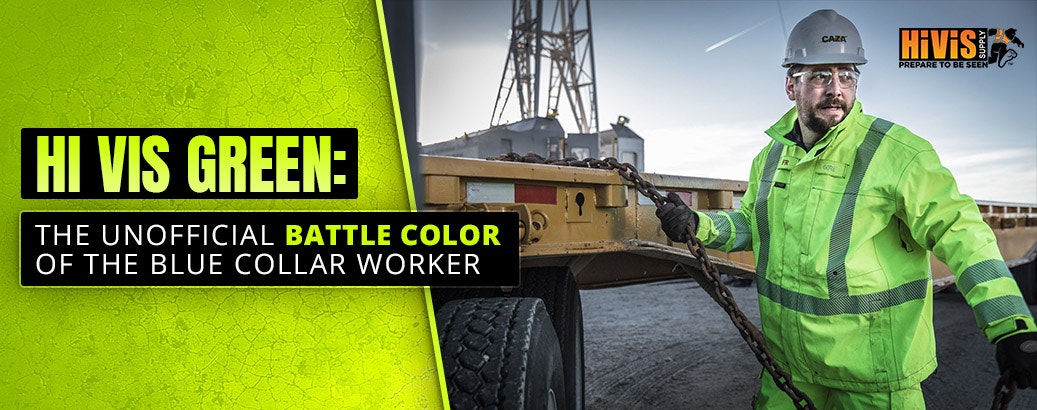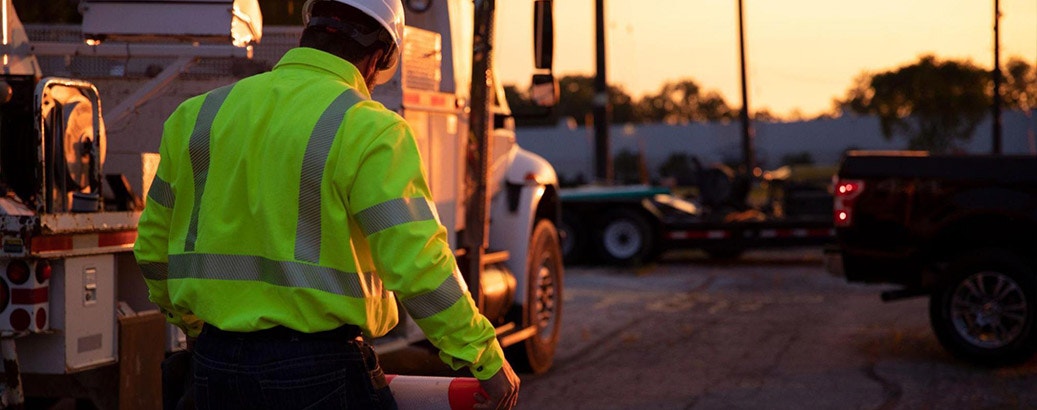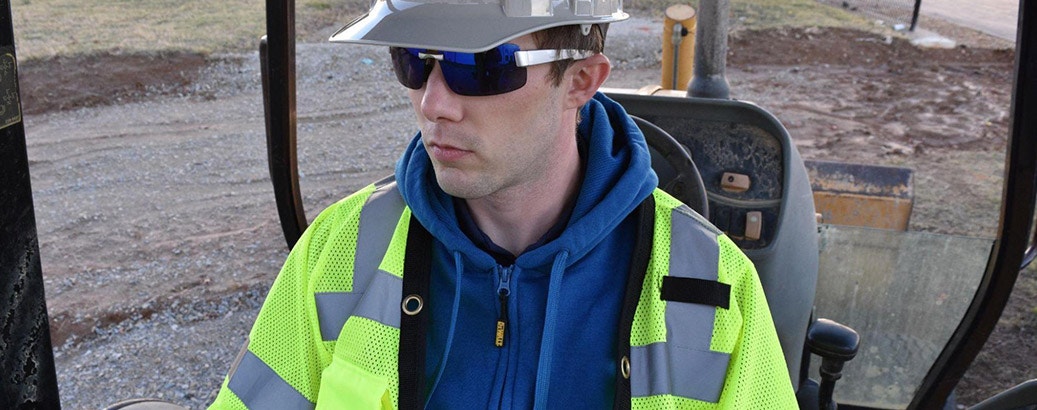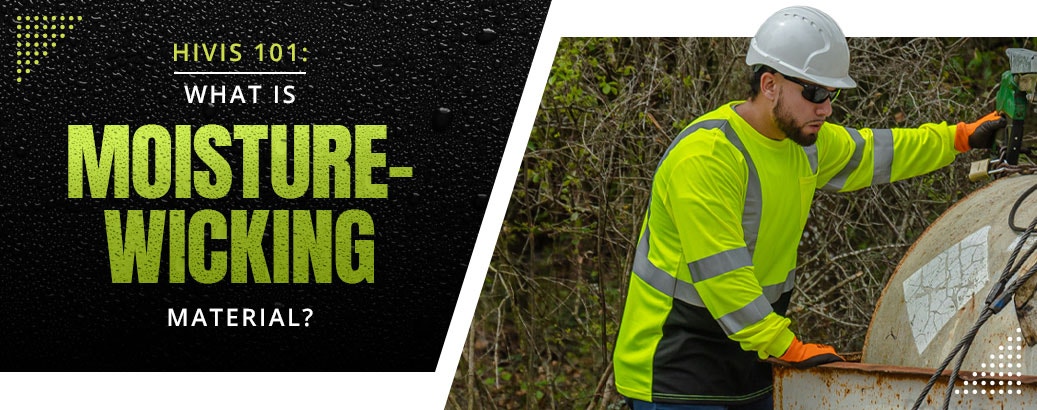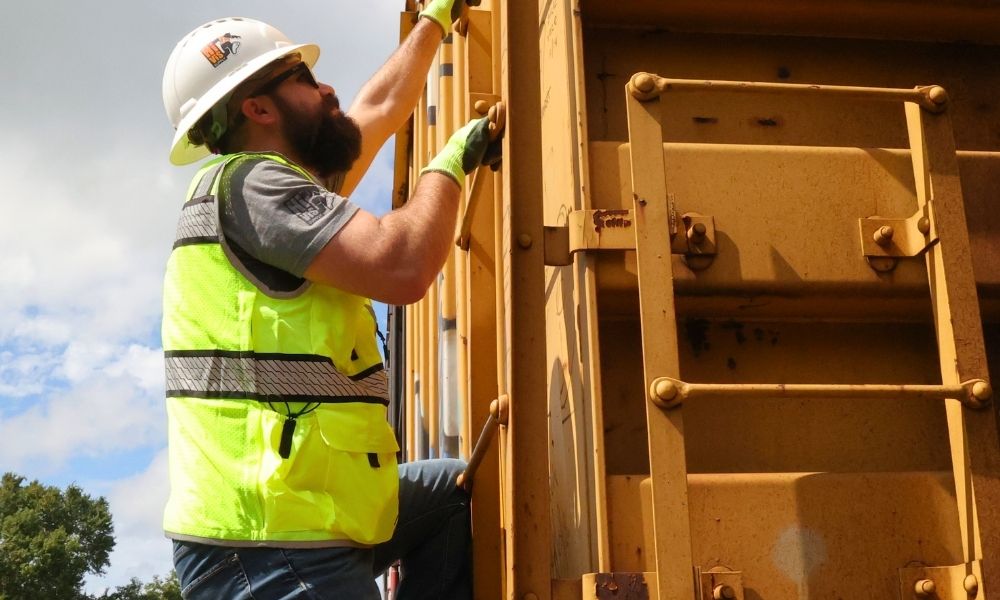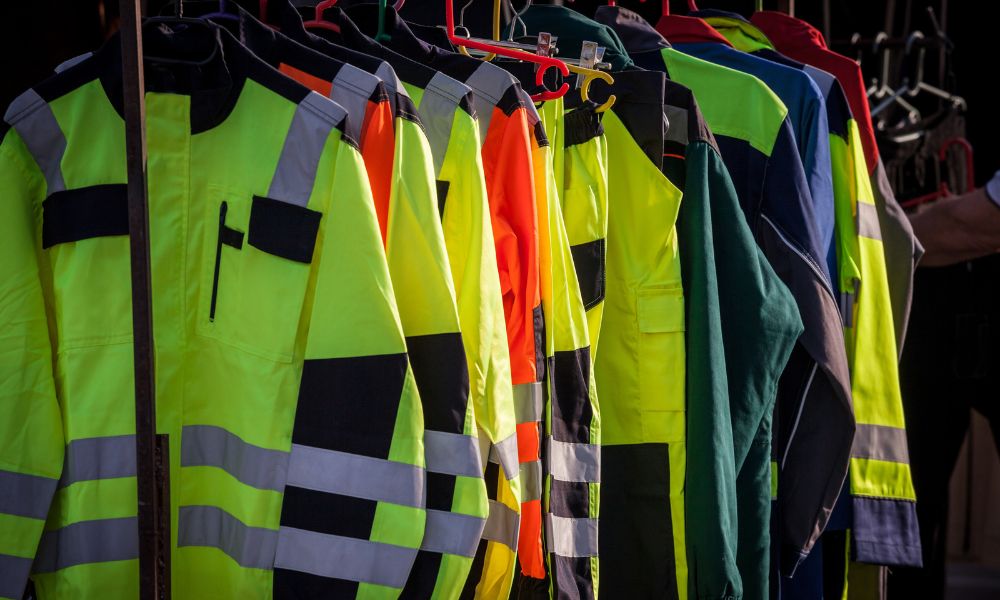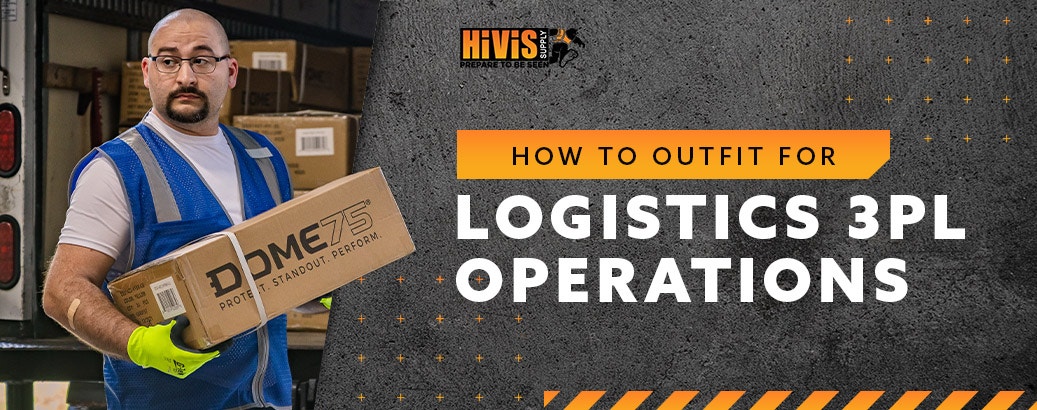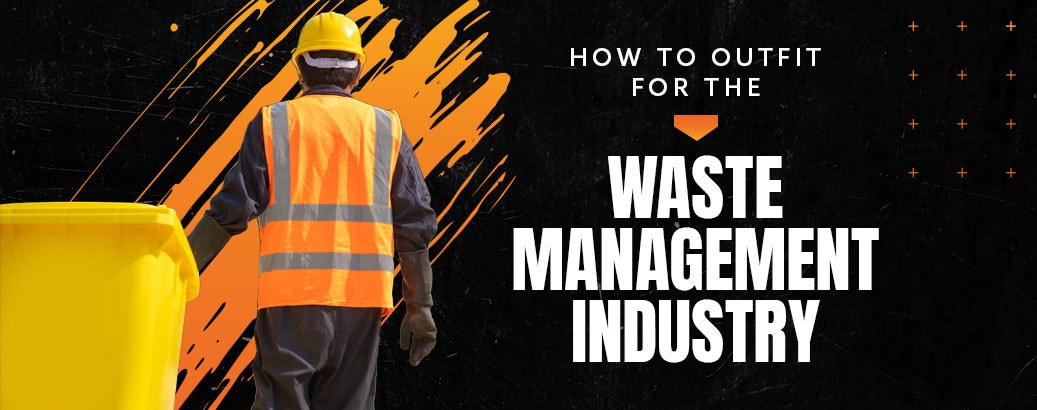Coveralls vs. Overalls: Which One Is Right for You?
- By HiVis Supply
- Nov 22, 2021
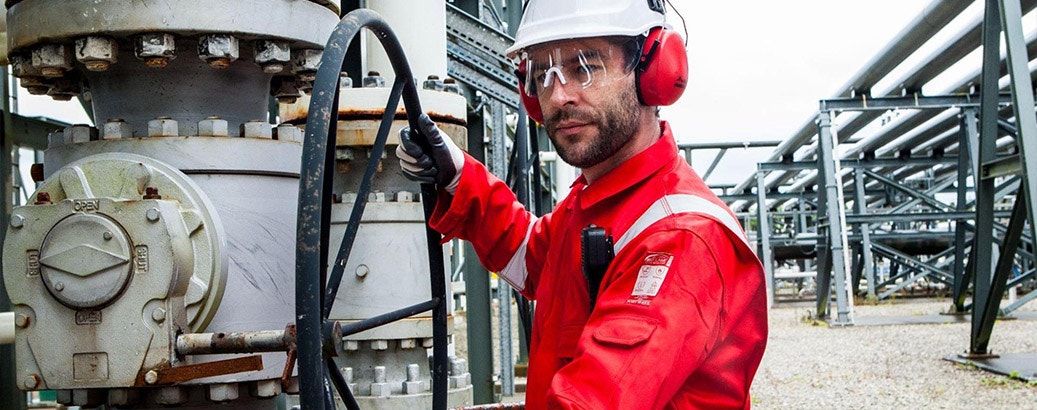
You’ve probably always had some inkling that coveralls and overalls aren’t the same thing. But if someone said they’d give you a million dollars to accurately describe the difference of coveralls vs. overalls, would you go home rich? While that will probably never happen, it is genuinely important to know the difference when you’re selecting safety gear on the job. Below, we’ll give you a quick and easy guide to understanding the differences between coveralls and overalls. Don’t worry, there won’t be a test — but there will be five awesome coveralls and overalls from HiVis Supply to check out.
Coveralls vs. Overalls: Covering the Differences
Coveralls and overalls are both outer layer garments that are often worn over other clothes. A pair of coveralls is a single garment that combines a jacket and pants. Most coveralls have a zip or snap front that allows you to step into them, then fasten up for a snug fit.
Overalls, on the other hand, are more like a pair of pants with a bib at the top. Usually, the bib covers some of the chest and back area but leaves the arms free. Adjustable suspender straps attached in the front and back of the overalls hold them up and eliminate the need for a belt.
Thus, the biggest difference between coveralls and overalls is that coveralls cover more of the wearer’s body. For an easy way to remember, think of the “c” in coveralls as extra covering! Next, let’s have a quick look at the pros and cons of each.
Overalls: Pros and Cons
Overalls provide more upper body movement, since the wearer’s arms and shoulders are totally free and have a full range of motion. Thus, they can be more comfortable for people whose jobs require a lot of stretching and movement. Overalls are also more breathable than coveralls, since they allow air to circulate around your upper body.
The main drawback of overalls is that they don’t provide the upper body protection that coveralls do. Without another garment on top, overalls can only do so much to keep you warm and protect your upper body. Overalls also often have lower ANSI 107 ratings than coveralls. Most are ANSI Class E, although Class 1 and Class 2 overalls are available.
In some work environments, particularly indoor ones that don’t need ANSI compliant visibility, a pair of safety overalls by themselves might be enough. In a lot of other cases, though, it’s common to pair overalls with upper body outerwear like hi vis sweatshirts and jackets.

Coveralls: Pros and Cons
On the plus side, the combination of a unibody jacket and pants means that coveralls can offer some of the best protection of any workwear garment. They’re a common choice for heavy duty applications like industrial electrical work, as well as for jobs in very cold environments like cold storage warehouses. Many coveralls are also constructed with flame resistant materials and HRC-rated performance.
Coveralls also offer ANSI 107 compliance that overalls can’t match. Because they have more surface area than overalls, coveralls are widely available with ANSI Class 3 ratings. That makes them an excellent choice for environments like road work where workers need maximum visibility. The biggest downside of coveralls is that some people find them uncomfortably hot and restrictive. Because of this, HiVis Supply actively works to stock hi vis coveralls that are built to flex and breathe. For people who need extreme flexibility in their work uniform or are working in hot climates, however, overalls might still be a better choice.
Our Top 5 Coveralls and Overalls
Need coveralls? Need overalls? We’ve got both, in all kinds of styles and ANSI ratings. Take a look at some of our favorites:
1. Work King S876 Class E Contrast Quilt Lined Insulated Safety Overall
These ultra-tough ANSI Class E safety overalls are quilt lined for exceptional warmth and made with a high-contrast design to improve visibility.
2. GSS Safety 8701 Contrast Series Class E HiVis Thermal Safety Bibs
You’ll stay safe and seen with these ANSI Class E thermal bib overalls — but just as importantly, you’ll stay comfy thanks to the poly fill insulation and flexible elastic waist.
3. Neese VM7CA3 Class 3 HiVis FR CAT 2 Nomex Safety Coverall
These ANSI Class 3 overalls are the ideal combination of high visibility, flame resistance and outstanding comfort. Oh, and did we mention there are SEVEN pockets?
4. Tough Duck S787 Class 1 6oz Cotton Duck Insulated Contrast Safety Coverall
Discover one of the best values in insulated coveralls with this ANSI Class 1 model from Tough Duck. They’re packed with key features like heavyweight duck cotton, abundant pockets and quilted poly insulation.
5. Portwest FR94 Iona BizFlame Enhanced Visibility FR Coverall CAT-2
Here’s another coverall that’s, well, got it covered. Its inherently FR fabric gives it HRC 2 flame resistance, and its range of enhanced visibility colors help you stand out even in poor weather or low light.

Psst — there’s more to see! Find exactly what you need by browsing our entire range of hi vis coveralls and hi vis overalls. And if you’ve decided on overalls, think about grabbing a safety jacket to go with them and complete your outfit!


